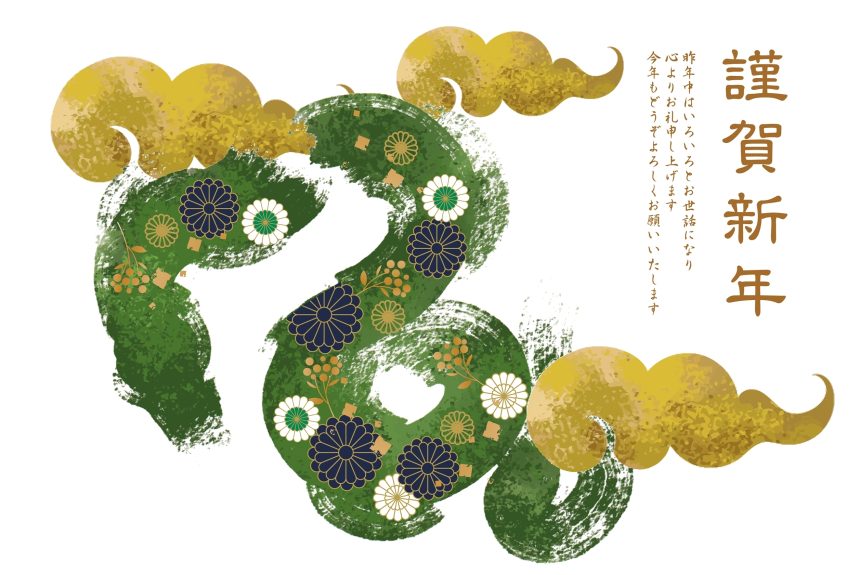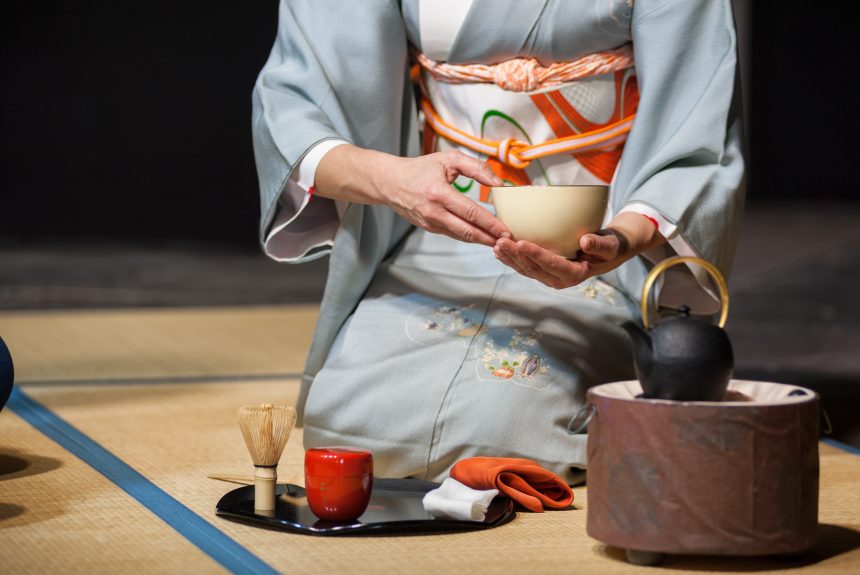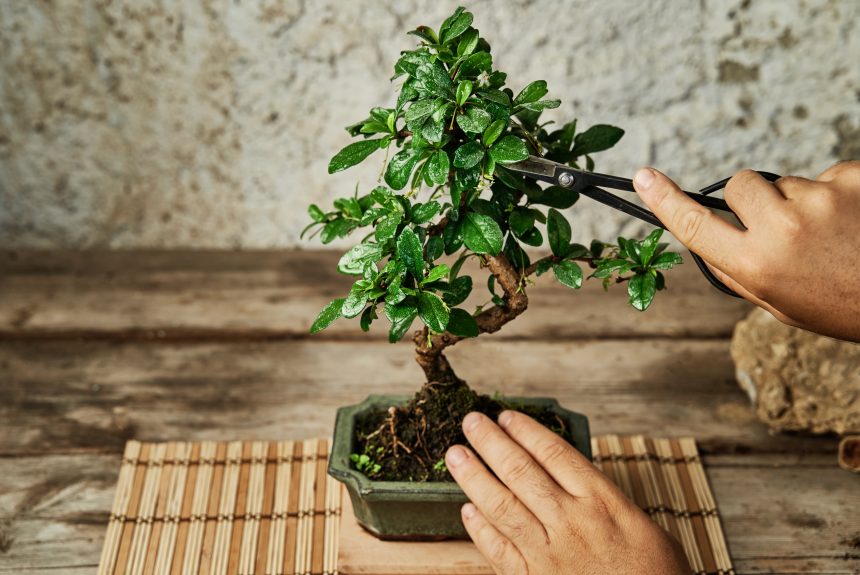This is a series of workshops designed by Azumi Uchitani to explore Japanese culture through the art of calligraphy and language. We will meet bi-weekly, slowly moving from season to season and uncovering new characters, rituals, concepts and beliefs deeply rooted in Japanese lifestyle. Each event we will centre around a new symbol: we will learn its meaning, discuss a poem about it, meditate and experience the power of the concept through calligraphy practice.
Haiku of December – by Azumi Uchitani
年終わり 暖炉の炎 一息を
Toshi owari danro no honoo hito iki o
.
A year is ending
Flames of the fireplace
Take a breath
終 Shu, owari: Ending
Approaching New Year traditionally means wrapping up and preparing for new things to come. It is common all around the world and Japan is not an exception. A good ending of the year would certainly include a thorough clean of the house and getting rid of old unnecessary items.
The kanji (shu owari) means the ending. It consists of two components, 糸(thread) and 冬 (winter). Although the combination of characters means ‘ending’, but it also signifies a connection to a new beginning. In this session we will talk about use of the character and also explore how the two main life philosophy of Japan, Shinto and Buddhism, explains the word of 終 (shu owari).
Join Azumi Uchitani’s Calligraphy class for a contemplative session on kanji Shu.
GUIDE – AZUMI UCHITANI
Azumi Uchitani is an Intercultural business consultant, keynote speaker, writer, artist and founder of Japanese SALON art & culture, based in the Netherlands. She is a two-times TEDx speaker, appearing Dutch TV and media and delivering talks to an international audience in Europe and in the US.
Azumi is on a mission to build an essential bridge between Japan and Europe, helping global leaders discover Japanese ancient wisdom beyond culture, teaching how to apply its wisdom in everyday life, act with inner peace and create
conscious leadership and fulfilling life. Azumi decodes the complexity of Japanese culture, tradition, philosophy, spirituality and unspoken rules into a simple essence of wisdom. She was born into a traditional spiritual Japanese family and raised with the teachings of Shingon Buddhism and Shinto. The spiritual and cultural practices, such as tea ceremony, flower arrangement, calligraphy have always been a part of her life, besides that, her grandmother was a kimono maker.
Her insights, a series of talks are available on her YouTube channel ‘5 minutes on Japanese Wisdom’ on YouTube.
http://www.azumiuchitani.com





Leave a Reply